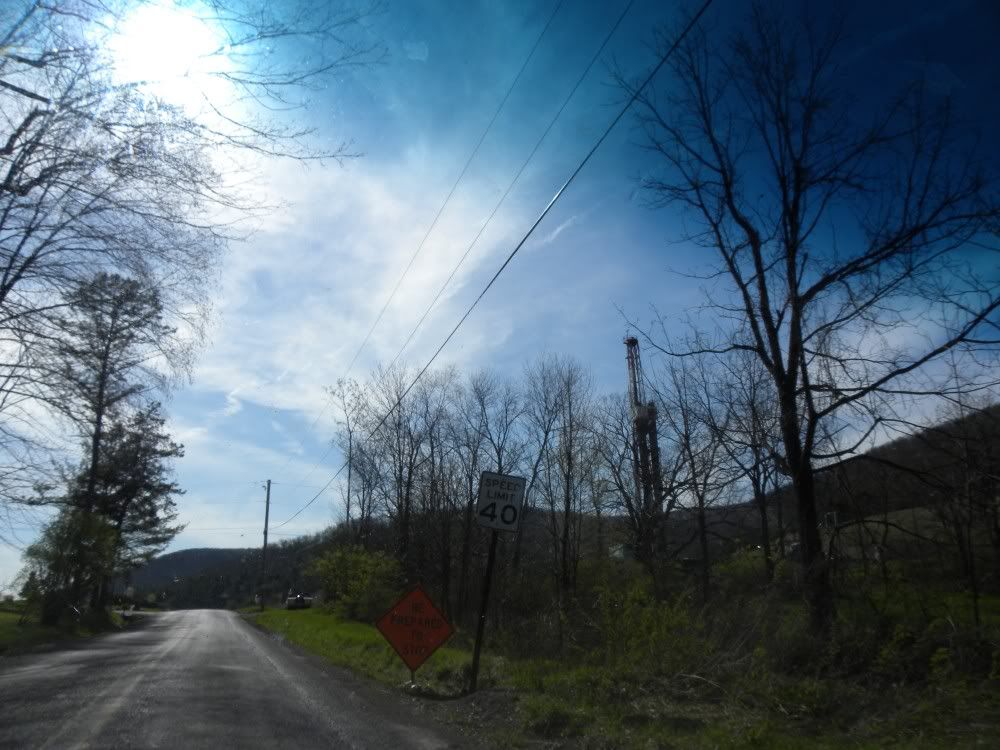W
wsender
Active member
- Joined
- Aug 9, 2010
- Messages
- 1,678
I heard, second hand, that two hikers were hiking on Rails to Trails heading towards Waterville and they encountered what looks like the start of a dam and a possible diversion channel to aid the construction. I don't know these people so I have no idea how knowledgeable they are in area's regarding things like this so I'm skeptical.
Is there possibly an existing weir in the area that could be confused as something new and a naturally occurring cutback channel could be confused as the diversionary channel?
The person said it was going to be used so 'frackers can draw more water'. I don't remember seeing anything about a damn being built in the area though. Any light on the subject would be great.
Is there possibly an existing weir in the area that could be confused as something new and a naturally occurring cutback channel could be confused as the diversionary channel?
The person said it was going to be used so 'frackers can draw more water'. I don't remember seeing anything about a damn being built in the area though. Any light on the subject would be great.




